
Instrument development for neutron scattering
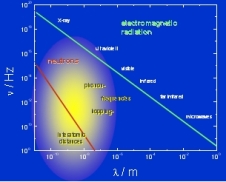 Fig. 1 Frequency-wavelength relation for neutrons and electromagnetic radiation
Fig. 1 Frequency-wavelength relation for neutrons and electromagnetic radiation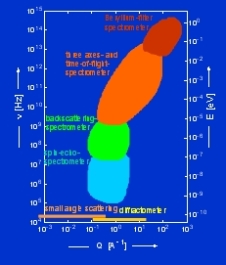 Fig. 2 The accessible ranges in Q-E-spavce covered by different types of neutron instruments
Fig. 2 The accessible ranges in Q-E-spavce covered by different types of neutron instruments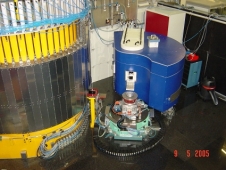 Fig. 3 The new thermal three axes spectrometer PUMA
Fig. 3 The new thermal three axes spectrometer PUMA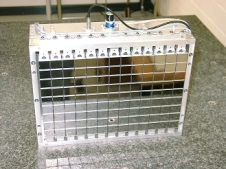 Fig. 4 Doubly focussing PG-monochromator
Fig. 4 Doubly focussing PG-monochromator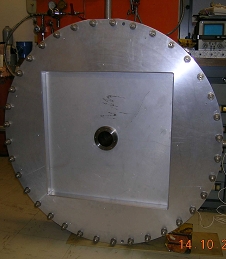 Fig. 5 2D-position sensitive detector for the small angle instrument YuMO in Dubna
Fig. 5 2D-position sensitive detector for the small angle instrument YuMO in DubnaNeutrons are indispensable probes for study of structure and dynamics in condensed matter. This is due to the unique property of the neutron that exhibits simultaneously wavelengths of the order of interatomic distances and energies of the order of lattice excitations like phonons, magnons etc. Figure 1 shows the frequency-wavelength dependence for neutrons (according to the de Broglie-relation) and electromagnetic radiation. A good number of different techniques have been developed within the last fifty years that allows a large variety of different investigations. Typical ranges in momentum-energy space that are covered by various instrument types are shown in figure 2. Structural investigations over more than 5 decades in momentum transfer and dynamical studies over more than decades are feasible today.
One of the most flexible neutron instruments is the three axes spectrometer that allows to determine precisely collective dynamical excitations in condensed matter in four-dimensional Q-E-space. Our group is strongly engaged in the development of this type of spectrometer. Within the last years we designed, built and installed the new spectrometer PUMA that is now operating at the new neutron source FRM-II at Garching. The spectrometer is now in routine operation. It could be shown that its performance meets all the design criteria that had been defined. It belongs to the most intense and powerful instruments of this type worldwide. For details of the spectrometer please click here.
Of particular importance for the performance is the development of doubly focussing Monochromator devices with very high mechanical precision. Due to the extraordinary engagement of the mechanical and electronic workshops of our institute an outstanding focussing device for large (170 x 250 cm²) Monochromators could be produced that allows very effective focussing of the neutron beam both, in direct and in reciprocal space. Figure 4 shows the doubly focussing monochromator of pyrolytic graphite currently being used at PUMA.
The combination of neutron scattering with real-time applications is another field of activity of our group. Using stroboscopic techniques, we were able to determine the variation of phonons during decomposition processes and phase transitions for the first time. Those experiments provide most direct information about the underlying atomic mechanisms and the changes in chemical bonding. Some examples for these studies are described here.
In order to use the neutron beam more efficiently, multiplexing devices have been considered. Currently, a flexible multi-analyser setup for the PUMA spectrometer is assembled that allows simultaneous measurements along well defined traces in Q-E-space.
In co-operation with the Joint Institute for Nuclear research in Dubna, Russia, we are engaged in the development for a 2-dimensional position sensitive detector for use in small angle instruments. A new design with a central hole for the direct beam has been realised und successfully tested (see figure 5). The combination of several of those detectors will allow to cover a large range of momentum transfer without the need of changing the sample-detector distance as in conventional instruments.
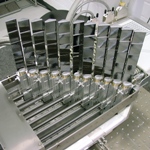
Institut für Physikalische Chemie Tammannstrasse 6
37077 Göttingen
| eMail: | geckold@gwdg.de |